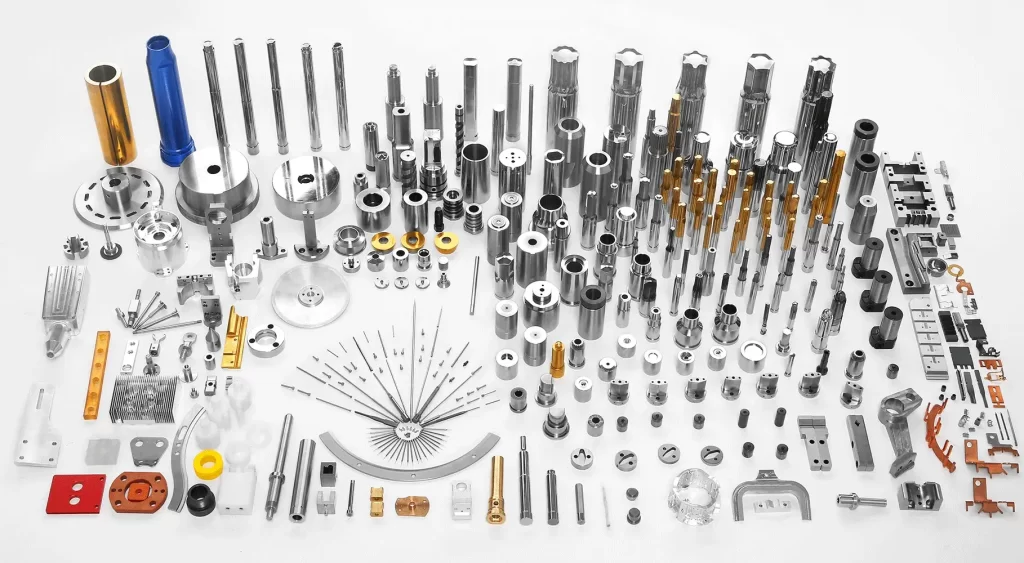Cold Heading Vs Cold Forging
description
Cold forming or cold working techniques are generally classified into four main categories: squeezing, bending, drawing, and shearing, and cold heading and cold forging are both squeezing category.
Both cold heading and cold forging are shaped below their recrystallization temperature, usually at the ambient temperature. They all produces a near net shape workpiece with plastice deformation by dies and tools. They also have the same advantages, such as high utilization rate of material, high Productivity, cost reduction, good surface finish, suitable for mass production, and so on.
But cold heading and cold forging are two different processes.
What are the differences between cold heading and cold forging?
There are nine differences between cold heading and cold forging. As seen in the comparison chart below:
| No. | Item | Cold Heading | Cold Forging |
| 1 | Machine | multi-station cold heading machine arranged horizontally | vertical presses |
| 2 | Dies | a male die (like a punch) and a female die (like a heading die) | vertical presses |
| 3 | Process | pressure processing with little or non-cutting metal | cold bulk metal forming using compressive forces |
| 4 | Performance | improve the mechanical properties of metal parts | improve the strength and integrity of the final part with a higher dimensional accuracy |
| 5 | Raw Material | alloy steels, aluminum, brass, bronze, copper, stainless steel, nickel alloys, and so on. | aluminum and some its alloys, copper and some its alloys, loe carbon steel,medium carbon steel, low alloy structural steel,etc. |
| 6 | Material Type | oiled wire or rod | slug, bar, billet, coil, or beam |
| 7 | Workpiece Type | upsetting deformation of smaller workpieces | compressional deformation of larger workpieces |
| 8 | Application | Cold heading is perfect for the production of bolts, screws, nuts, rivets, pins and other standard fasteners. | Cold forging parts is widely used in electric car, aerospace, construction, off-road equipment and other industries, such as brake parts, starter pinions, gears, etc. |
| 9 | Example of Bolt | Hexagonal head forming is cold heading. | Diameter reducing processing of rod is cold forging. |

Contact
Through the comparison in the above table, we have a clear distinction between cold heading and cold forging and well know how to use them in the manufacture.If you have more insights, welcome to contact us or and learn from each other.
U-Need has specialized in custom precision parts such as CNC turning machining parts, CNC milling machining parts, cold forging mold parts, cold heading die parts, hardware stamping dies, plastic mold parts, mechanical and fixture parts, precision molds, etc.
